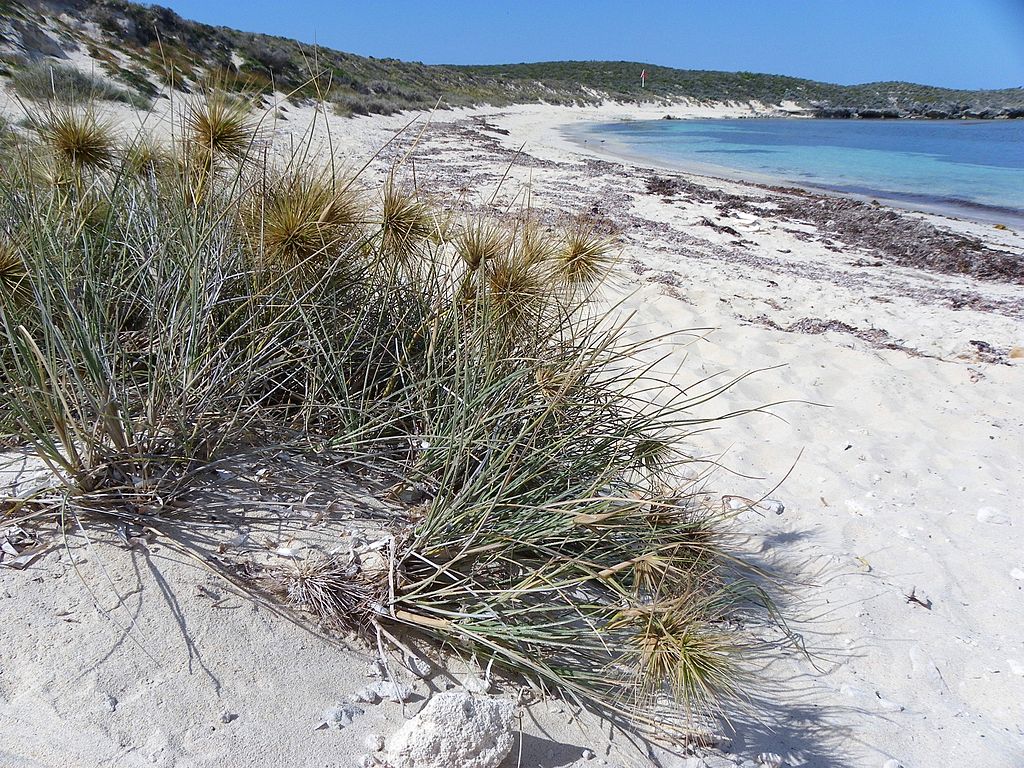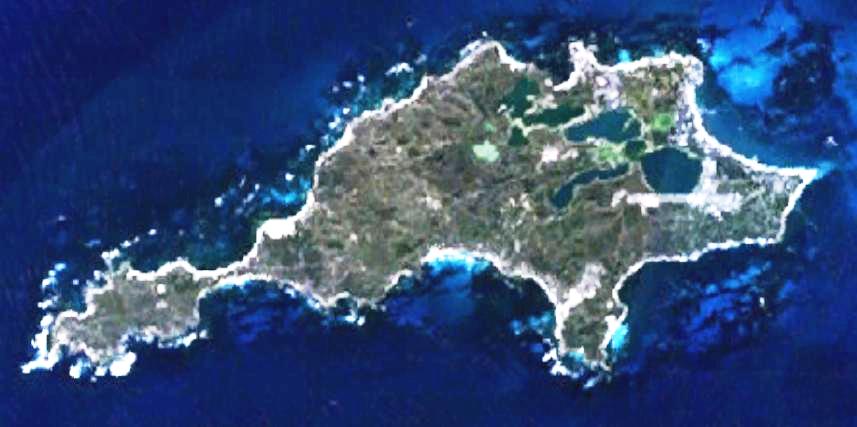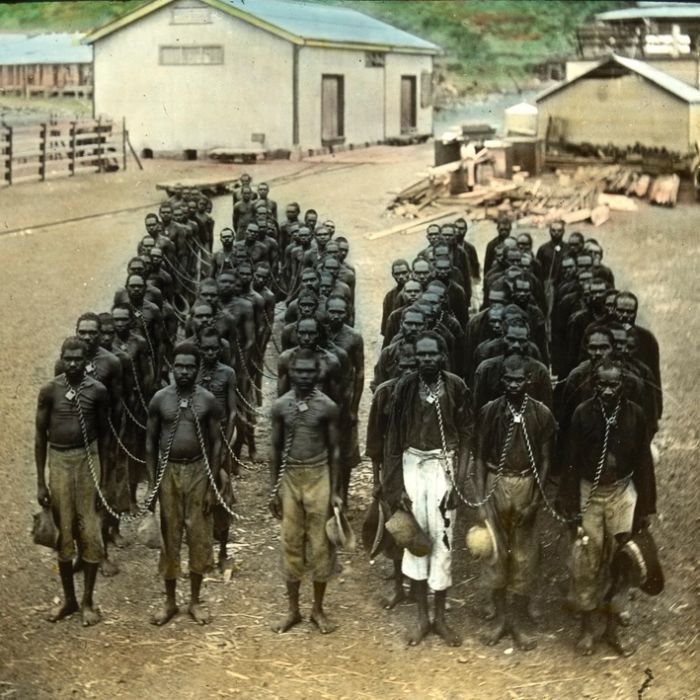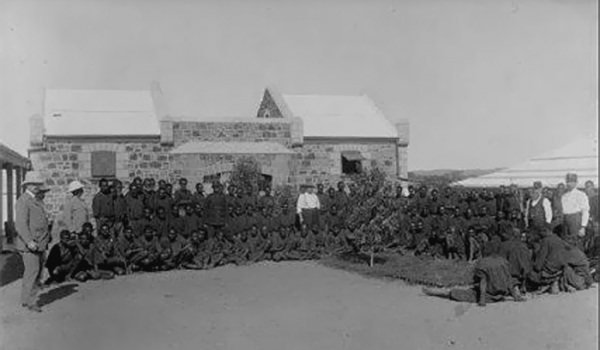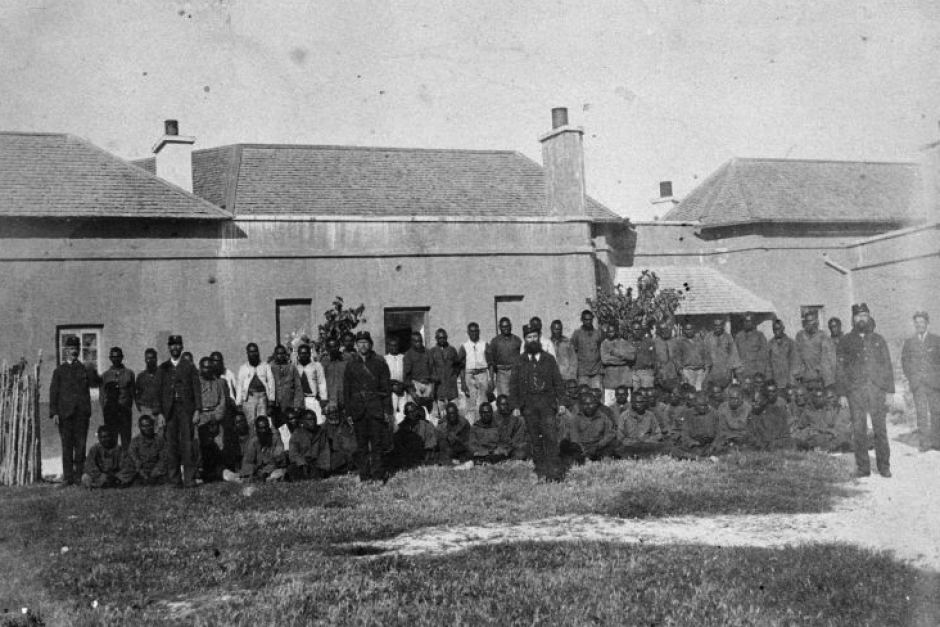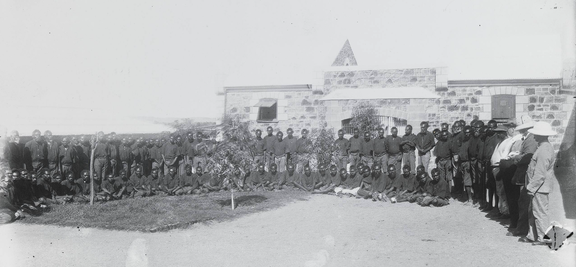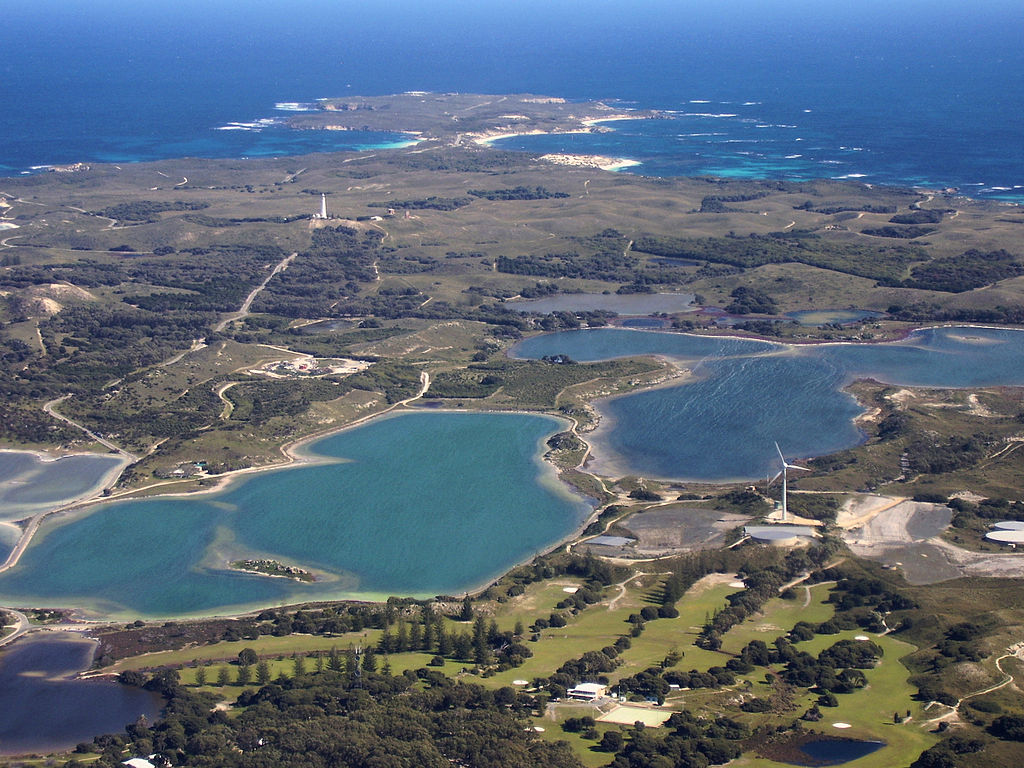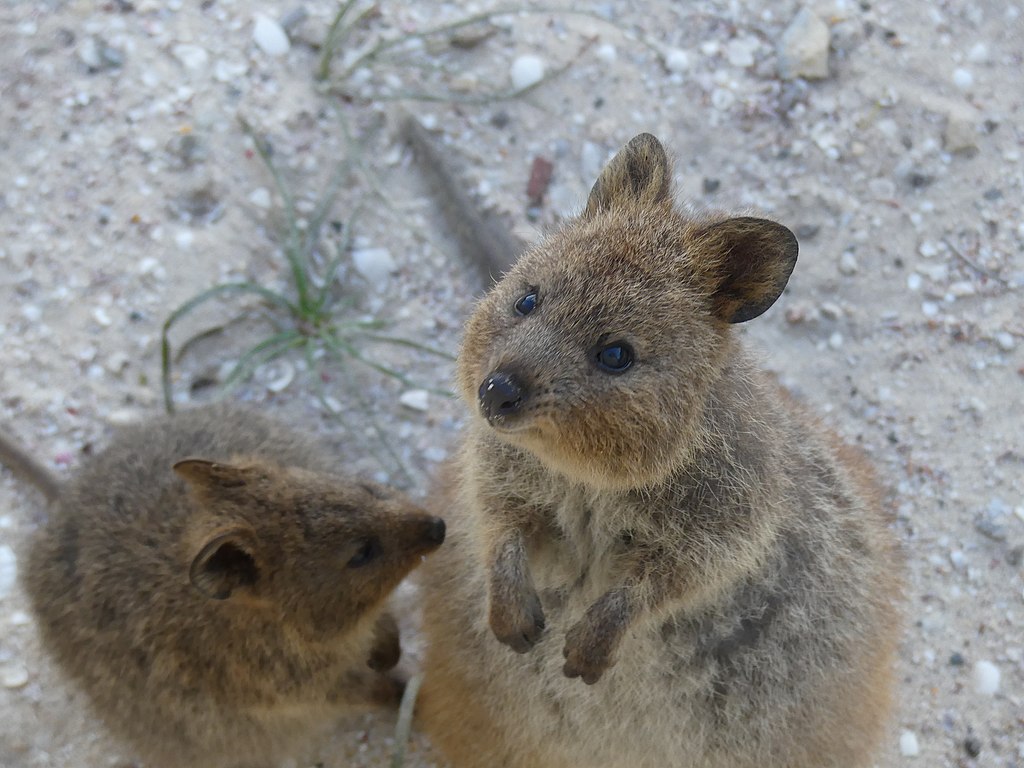
AsianOverland.net
Tour Guide - Itinerary
Asian Overland Sydney to London
Started 22/06/2022 Finished 21/06/2023365 Days ITINERARY
Day 15 date 06/07/2022DEVIL'S LAIR to WADJEMUP (ROTTNEST ISLAND), INDIAN OCEAN
ASIANOVERLAND.NET SYDNEY TO LONDON DAY 15: DEVIL'S LAIR TO WADJEMUP (ROTTNEST ISLAND), INDIAN OCEAN
WADJEMUP (Rottnest Island) is a 19-square-kilometre island off the coast of Western Australia, 18 kilometres west of Fremantle, mostly known for its unique wildlife.
Along with several other islands, Rottnest became separated from the mainland around 7,000 years ago, when sea levels rose after the last ice age. The traditional Noongar name for the island is Wadjemup, which means "place across the water where the spirits are". Human artefacts have been found on the island dating back at least 30,000 years.
The island was first documented by Willem de Vlamingh in 1696, who called it 't Eylandt 't Rottenest ("Rats' Nest Island") after the quokka population. Rottnest is one of the few areas in the world where the native quokka can be found. Its survival there is largely due to the exclusion of natural or introduced predators compared to the mainland.
Many coastal birds are found in Rottnest, including the pied cormorant, osprey, pied oystercatcher, silver gull, rock parrot and the reef heron. The island salt lakes contain brine shrimp which support birds such as the red-necked avocet, banded stilt, curlew sandpiper, red-capped dotterel, Australian shelduck, red-necked stint, grey plover, white-fronted chat, Caspian tern and the crested tern. Several pairs of osprey nest at Rottnest each year; one nest at Salmon Point is 70 years old.
The island has been identified by BirdLife International as an Important Bird Area (IBA) because it supports important breeding populations of the fairy terns (200-300 breeding pairs), banded stilts (20,000 birds) and significant numbers of wedge-tailed shearwaters and red-necked stints.
Reptiles include the southern blind snake, King's skink, bobtail, marbled gecko, and Burton's legless lizard. There are three species of frogs: the moaning frog, the western green tree frog and the sign-bearing froglet.
With the extensive reefs surrounding the island, many species of fish, crustaceans, and coral can be found, as well as bottlenose dolphins, migrating humpbacks, and other whales. The Perth Canyon off the island is one of main habitats for blue whales in Australia, well worth a whale watching expedition. A colony of Australian sea lions reside at Dyer Island and a colony of New Zealand fur seals reside at Cathedral Rocks.
Rotnest Island was used as a prison for Aborigines (called “slaves”) for about a hundred years from 1838.
© This work is copyright. Apart from any use permitted under the Copyright Act 1968, no part may be reproduced by any process, nor may any other exclusive right be exercised, without the permission of Peter Searle, peter@portseavillageresort.com; 1980-2024.
Website built by Justin O’Dea www.webdeveloperdocklands.com.au
